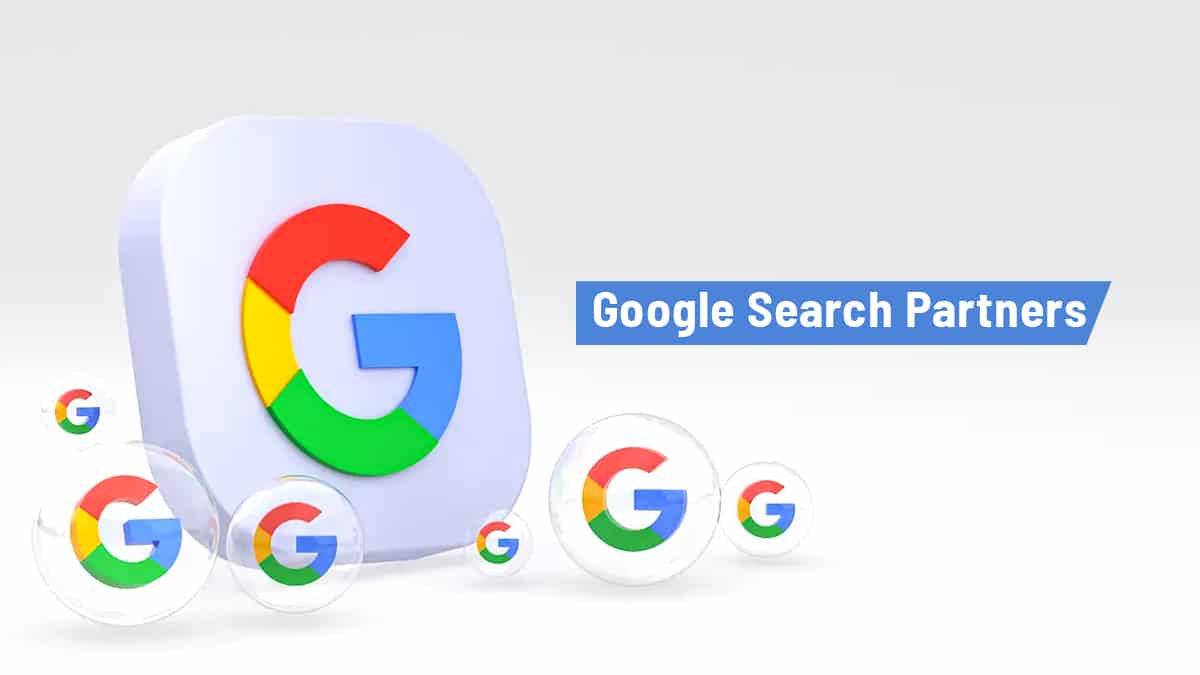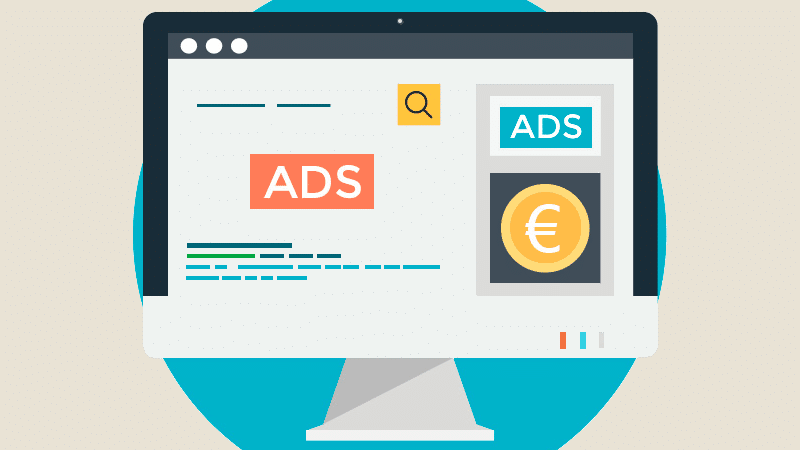Who Are Google Ads Search Partners?

Introduction
When businesses run Google Search Ads, their ads don’t just appear on Google Search results—they can also show up on other websites and platforms that are part of Google's Search Partners Network.
But who are these Google Ads search partners, and how do they help businesses expand their reach? Let’s dive into how this extended network works and whether it’s worth using for your advertising strategy.
What Are Google Ads Search Partners?
Google Search Partners are third-party websites, search engines, and platforms that collaborate with Google to display search ads outside of Google’s main search results page. These platforms expand the visibility of ads, allowing businesses to reach a larger audience.
When an advertiser enables Search Partners in Google Ads, their ads may appear:
✔ On Google-owned platforms like YouTube and Google Maps
✔ On third-party search engines using Google’s search technology
✔ On popular websites that offer search functionalities
✔ Within text-based search results, shopping pages, and directory listings
Who Are Google Ads Search Partners?
Google doesn’t provide a public list of all search partners, as the network changes frequently. However, some notable partners include:
1. Alternative Search Engines
Many smaller search engines use Google’s technology to power their results and show Google Ads. These include:
🔹 AOL Search
🔹 Ask.com
🔹 DuckDuckGo (some results)
🔹 Ecosia
🔹 Yahoo (in some regions)
2. Google-Owned Properties
Even beyond Google’s main search engine, ads appear on:
🔹 YouTube Search Results
🔹 Google Maps Search Results
🔹 Google Play Store (for app-related ads)
3. Large Websites with Internal Search Engines
Many popular websites and online directories partner with Google to display search ads. Some examples include:
🔹 Amazon (for certain product searches)
🔹 eBay (advertising through Google’s network)
🔹 Walmart and other large retailers
🔹 Online business directories and job listing sites
4. News and Content Websites
Some news websites and blogs integrate Google’s search ads into their search functionality. When users search for articles, services, or products, they may see Google ads.
Benefits of Using Google Search Partners
✅ Increased Reach – Your ads are not limited to Google Search alone; they appear across a wider network.
✅ Lower Competition – Ads on search partners may have less competition compared to Google’s main search results.
✅ Potentially Lower CPC – Advertisers may pay less per click (CPC) on some partner sites.
✅ More Ad Placements – Ads can appear in different formats like image-based search ads and shopping ads.
Drawbacks of Using Google Search Partners
❌ Lower Conversion Rates – Traffic from search partners often has lower intent compared to Google Search.
❌ Limited Control – Advertisers cannot choose which search partners their ads appear on.
❌ Performance Variability – Results can be inconsistent across different partner sites.
Should You Use Google Search Partners?
Using Google Search Partners can be beneficial for businesses that want to expand their reach, but it’s not always ideal for high-intent conversions. Here’s how to decide:
✔ If your goal is brand awareness → ✅ Enable Search Partners
✔ If you want high-converting traffic → ❌ Stick to Google Search only
✔ If you have a limited budget → ❌ Test search partners carefully before committing
Tip: You can analyze search partner performance in Google Ads by segmenting your data under "Networks" → "Search Partners." If performance is weak, you can disable it.
Conclusion
Google Ads Search Partners extend the reach of search ads beyond Google Search, appearing on third-party search engines, websites, and Google-owned platforms like YouTube and Maps. While they offer broader visibility and lower CPCs, advertisers should closely monitor performance to ensure it aligns with their goals.
Testing Search Partners can help find additional traffic sources, but if conversions are a priority, focusing solely on Google Search may be the better approach.




